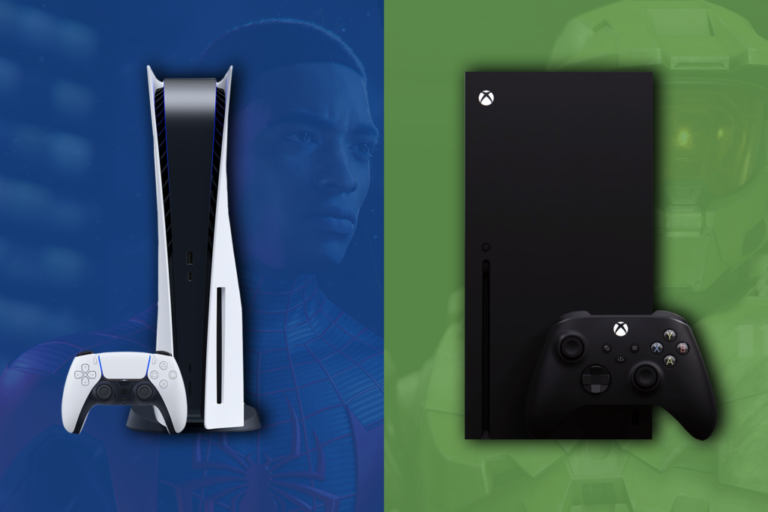A new report suggests the new Switch will sport a 7-inch OLED display.
Nintendo is going bigger with the next Switch

Samsung is reportedly manufacturing 7-inch OLED 720p displays for the next Nintendo Switch according to a recent Bloomberg report.
Bloomberg claims people “familiar with the plan,” said the displays are set to ship in July 2021, which could mean Nintendo is aiming for a late 2021 or early 2022 release for its next Switch (rumoured as the New Nintendo Switch Pro).
This comes after Bloomberg’s August report that pointed towards an upgraded 4K Nintendo Switch with a lineup of first and third-party games that will take advantage of the rumoured Switch upgrade’s power. The latest report teases a 720p display in handheld mode, with the capability to output 4K in TV mode.
Nintendo is looking to maintain the strong sales tied to the worldwide popularity of Animal Crossing: New Horizons in early 2020 with a more powerful console that can rub shoulders with the next-gen giants, Sony's PlayStation 5 and Microsoft's Xbox Series X.

Both the PlayStation 5 and Xbox Series X have exceeded sales expectations.
For comparison, the current Nintendo Switch model sports a 6.2-inch LCD while the Nintendo Switch Lite has a 5.5-inch LCD. If Bloomberg’s report is accurate, the new Nintendo Switch will be the largest of the family.
How big is a 7-inch display? For comparison, the latest Galaxy S21 Ultra and iPhone 12 Pro Max have 6.8-inch and 6.7-inch OLED displays, respectively. Of course, the Nintendo Switch is a much bulkier unit and the attached Joy-cons add to its heft.
As Bloomberg points out, the increased display size would likely result in thinner bezels around the Switch’s display, rather than a larger unit.
The other benefit of favouring OLED over LED is energy-efficiency. An OLED display could result in better battery life, but the larger display will also burn a little more energy. Nintendo upgraded the battery of the base Switch to a longer-lasting 4,310mAh back in 2019, resulting in roughly 30-50% more battery life overall. So if you purchased your Nintendo Switch before August 2019, you would still experience longer battery life in the new Nintendo Switch, OLED or not.
To recap, here’s a comparison of the rumoured Nintendo Switch Pro specs against the existing Nintendo Switch Lite and Nintendo Switch.
OLED vs LCD: What difference will it make?
OLED (organic light-emitting diode) displays can produce both light and colour from the same diode, whereas LCD displays require an LED backlight to illuminate the display. The LED backlight panel burns more energy than a single OLED panel, so overall, OLED displays are more energy-efficient.
OLED panels can also reproduce deeper, more natural black levels. LED TVs create darker colours with the LED backlight, resulting in light bleed and halos around brighter colours. Rather than attempting to recreate darker shades and colours with light, OLED panels simply switch the corresponding diodes off, effectively powering them down, eliminating all light from that section of the image. The results in truer blacks and more vivid contrast with brighter colours. Lastly, OLED displays allow for wider viewing angles without as much image degradation as an LED display. LED displays typically have a maximum viewing angle of around 54 degrees, whereas OLEDs have a more generous 84-degree viewing angle. Essentially, it will be a lot easier on the eyes for anyone watching you white-knuckle it through a few laps of Mario Kart 8 in handheld mode.
Related Articles



